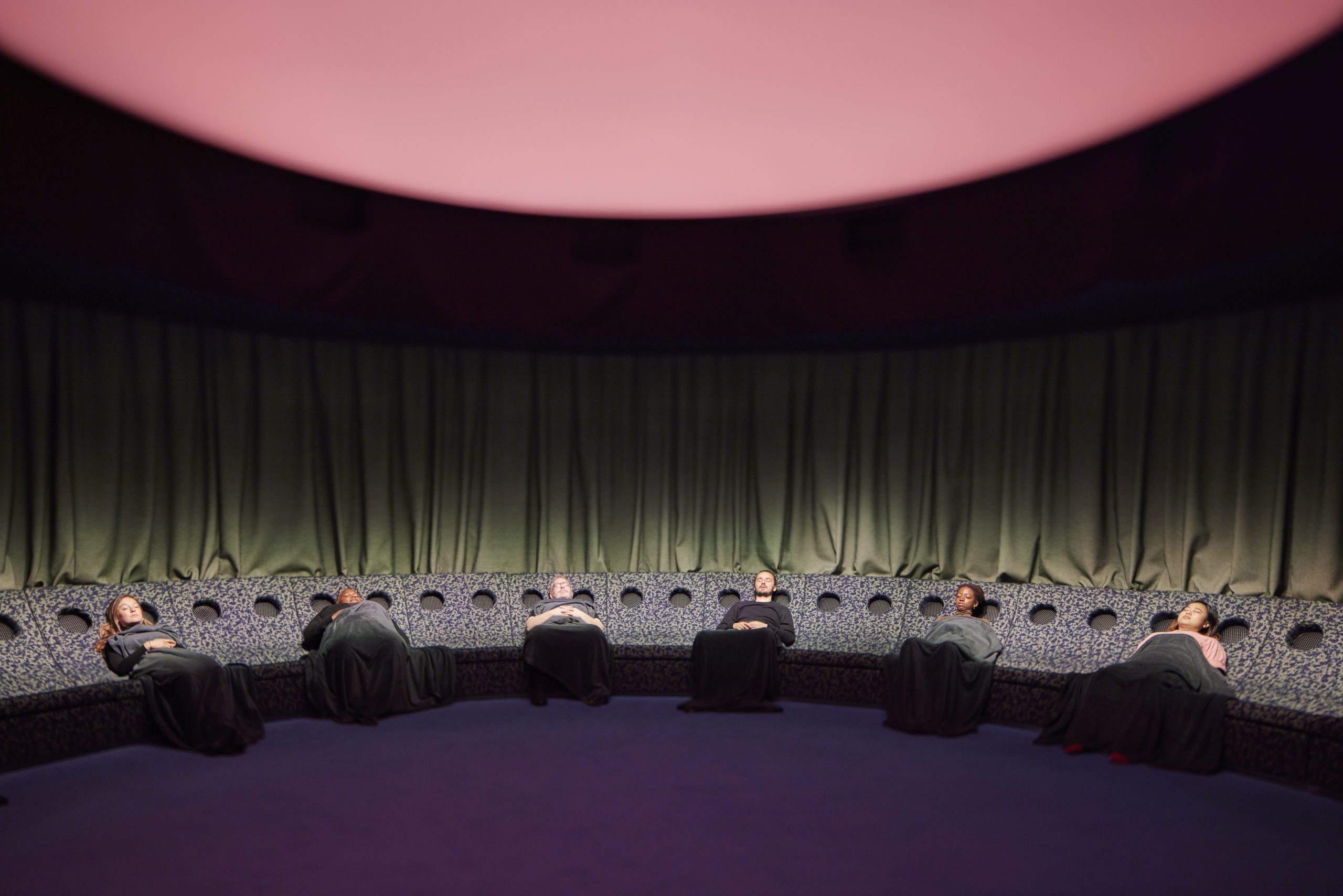What if you could experience all the effects of taking psychedelic drugs – without the comedown?
We’re really excited about the potential of psychedelics to unlock creativity and insight, as well as how accessing dream or hypnagogic states during an experience might help people to become healthier, happier and more creative.
So when we heard about the launch of Dreamachine, a “one-of-a-kind immersive experience” that uses light and sound to allow you to explore the untapped potential of your mind, we were intrigued to check it out as it landed on the London leg of its UK tour, part of the government-backed Unboxed Festival.
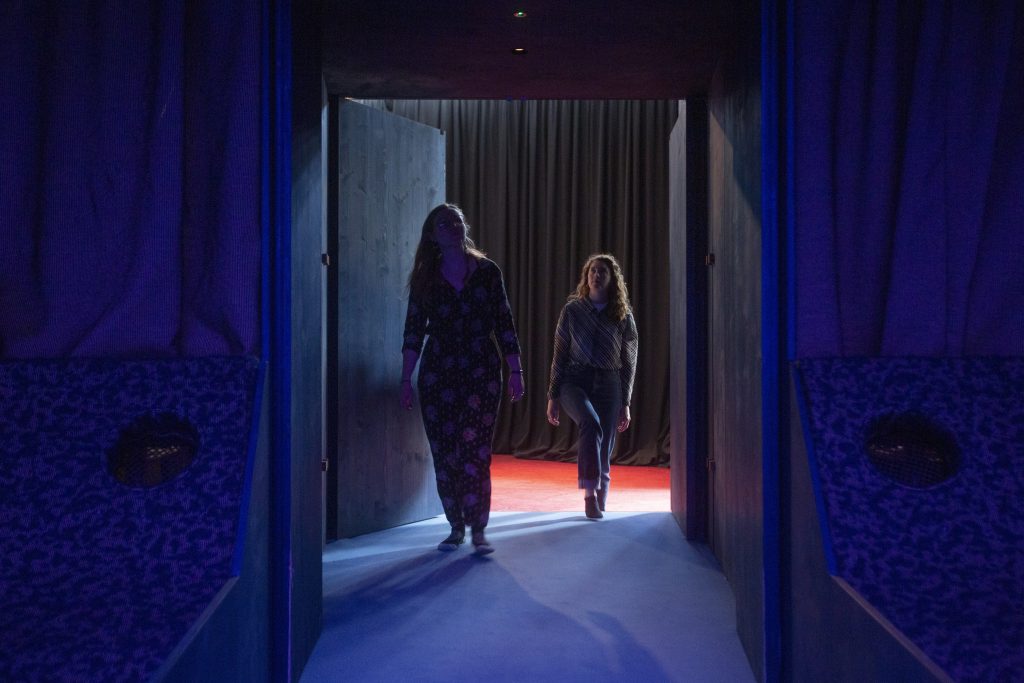
As we reported in Experience Radar 30:
“Co-created by a team including Turner winners Assemble and musician Jon Hopkins, Dreamachine is a 21st-century version of a psychedelic technique patented in the ‘60s by Brion Gysin, friend of William Burroughs, who discovered that being exposed to a simple flashing white light while your eyes are closed can induce intense visual hallucinations. Light flickering at between eight and 13 flashes a second synchronises with the brain’s alpha waves to set off the LSD-free trip.
Shoeless, you enter a large circular chamber where you lie back on a recliner where speakers pump out a pulsing soundtrack. Flashing white lights are projected into the pitch-black chamber, leading “complex crystalline structures like bright white beehives or molecular lattices to form out of nowhere, an architecture of pure light”.”
Alessia Clusini, data strategist and Co-Founder at Trybes Agency, and the WXO’s Editor, Olivia Squire, slipped off their shoes and their preconceptions to see just how much of a trip this new experience is.
Alessia Clusini: “I wish the experience world could embed audience research, both during the design phase and after an experience, to build a long-term future and truly impact people.”
What’s good about the experience?
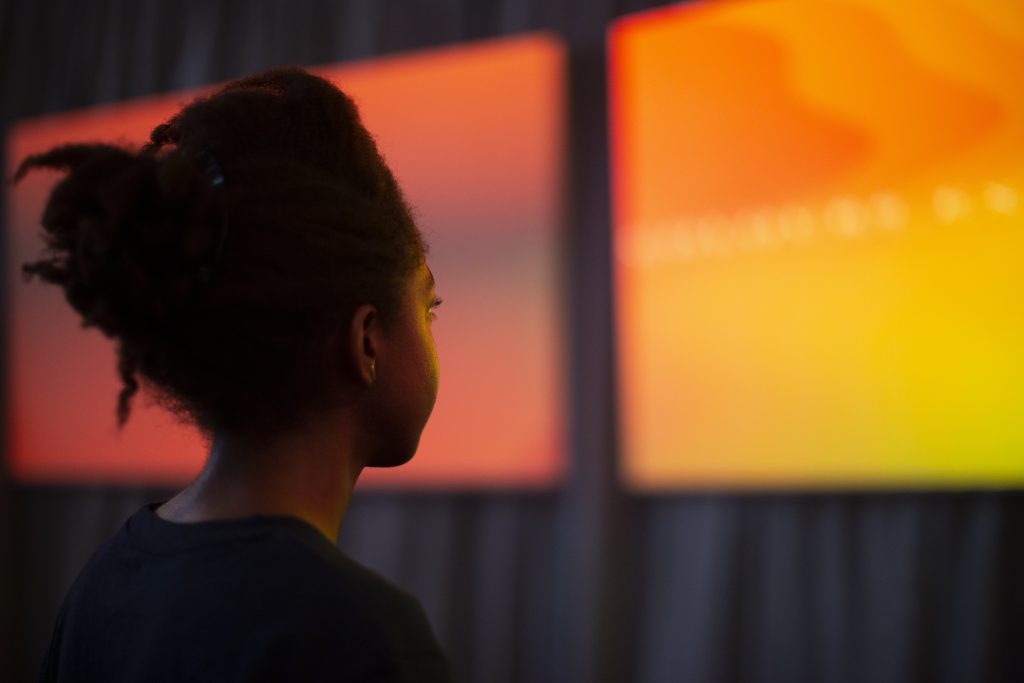
- Dreamachine is the closest experience to psychedelics I’ve ever tried – minus the drugs, of course – which means that everyone can do it safely and it’s lighter in terms of immersion and impact.
- A sort of democratisation or intro to abandoning ourselves to connect different senses and have a little trip, resulting in a deep immersion and relaxation. I loved how it relaxed me, bringing me out of the hustle and bustle of a busy working day in a busy city.
- The way the hosts guide the audience through the process and make people feel safe at all times is exceptional.
- After the sound and light experience, I loved that people could fix it in their cognitive side by expressing themselves by chatting with each other, leaving written feedback, checking other participants’ feedback, or even drawing what they envisioned.
What could be improved?
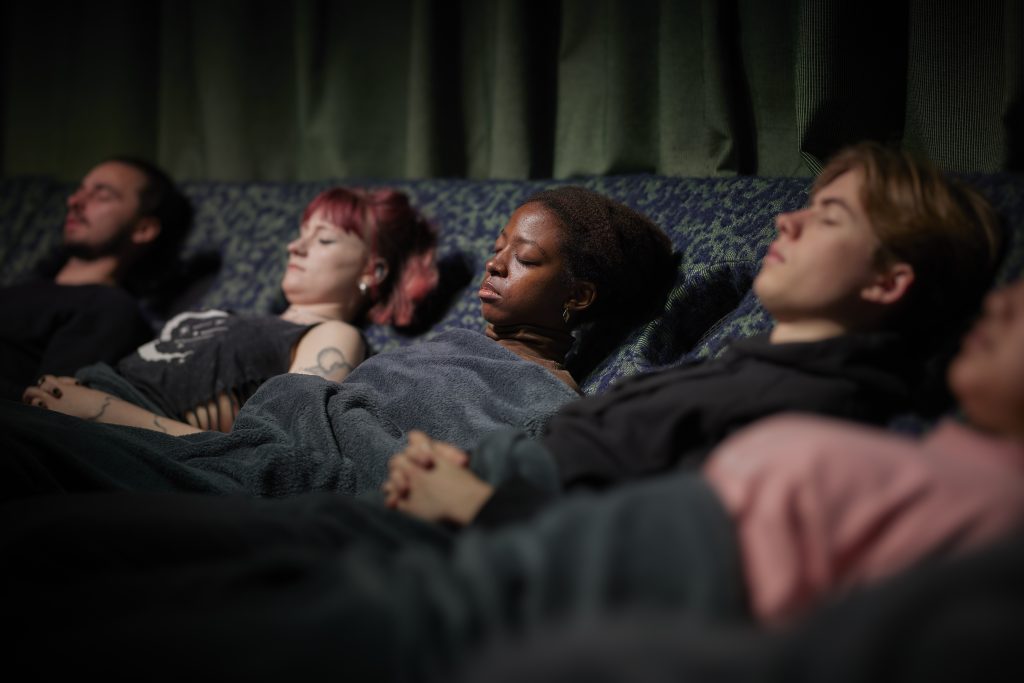
- It’s a tough call, but what’s missing from a psychedelic experience is the deep impact they have on rewiring our thoughts afterwards: the transformative aspect of them. How could we naturally get some of that? Or could psychedelics be a viable upgrade for people willing to try them in a safe, controlled and legal environment?
What elements do you like so much you’d like to use them in your work?
- The research behind it and, most importantly, that follows the experience is solid and will make Dreamachine the most remarkable social experiment of this kind.
- I wish the experience world could embed audience research, both during the design phase and after an experience, to build a long-term future and truly impact people. Instead, I feel even the coolest experiences are limited to a sort of ephemeral state: when audiences come out they get the buzz, and afterwards, the excitement slowly wears off until the experiences are forgotten. Also, the next experience will be built from scratch again as opposed to building on top of existing knowledge. All in all, we miss (and could steal from Dreamachine) the scientific approach: the research.
Olivia Squire: “I’d love to have a space like this on tap for whenever I need to unwind, disconnect or give my brain a break from outside stimuli.”
What’s good about the experience?
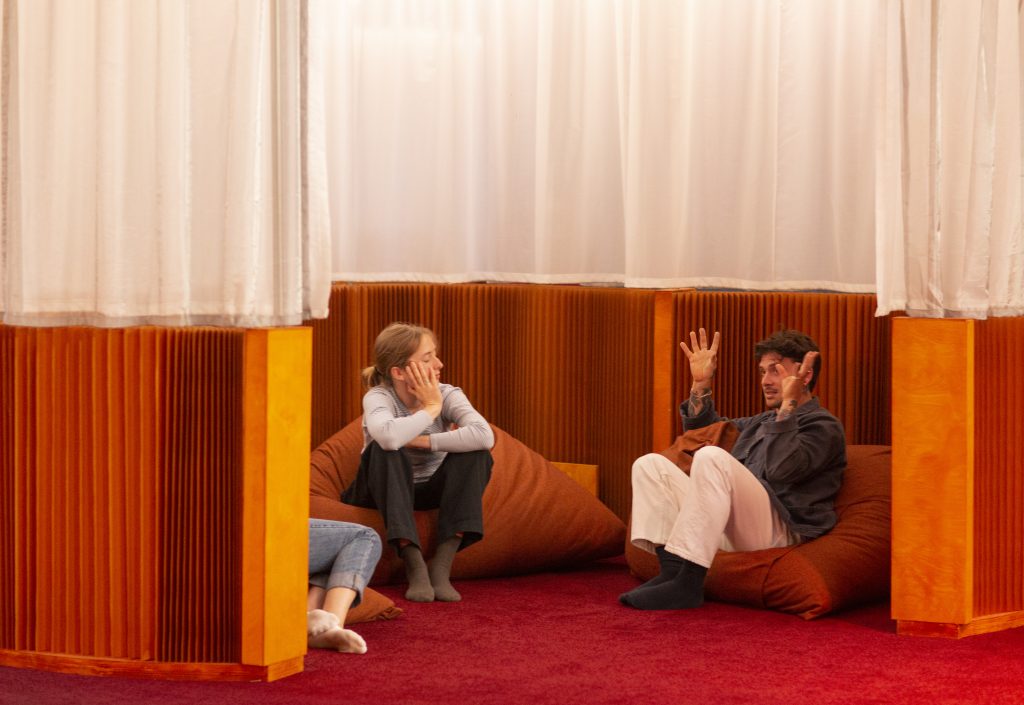
- It feels utterly professional and thought-out at every touchpoint, from the research that’s gone into the project to the physical design of the space.
- There was a very clear sense of anticipation/crossing the threshold, participation/the journey, and reflection/the return.
- Having to go through barriers to entry – filling out a high sensory form, removing shoes and leaving behind any bags, waiting in a plush space to enter the experience – made me feel genuinely excited and even a bit scared, especially when we were warned about how intense some people find the experience.
- The circular space where the experience took place was beautifully designed, with comfortable seats, sensitive lighting and high quality sounds. It reminded me of being in a flotation tank and made getting into a meditative state much easier, considering we were surrounded by other people.
- The hosts were fantastic at making you feel safe and cared for. They were also very knowledgeable about the research and background to the project when asked.
- I loved the music and found the experience itself to be relaxing and pleasantly transportative. I’d love to have a space like this on tap for whenever I need to unwind, disconnect or give my brain a break from outside stimuli.
- The exit was well thought out, with opportunities to record my experience through an interactive survey that used colours, sounds and shapes to reflect my mood and which I could email to myself as a permanent record. The drawings and quotes from other participants also gave me wider sense of the impact it might have.
What could be improved?
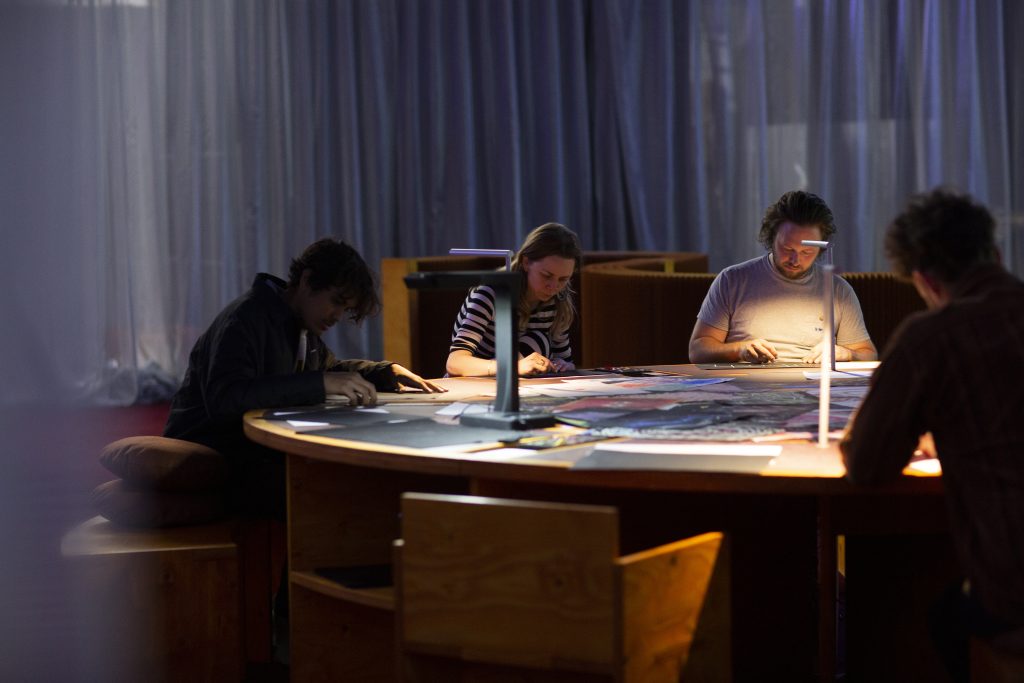
- Personally, the experience didn’t feel anything like psychedelics and I didn’t feel transformed in any meaningful way – it was more of a pleasant interlude to my day. Confronted with feedback from other participants that they felt as if “they’d met themselves at the end of the world”, I couldn’t help but be a little disappointed – but the subjective nature of the experiment means that the level of immersion and impact varies between individuals.
- The booking system was a nightmare and nearly put me off attending!
What elements do you like so much you’d like to use them in your work?
- I loved how cohesive the story they were telling was, and how it brought scientific research to life in a way that felt really accessible and exciting, and not at all like a traditional museum.
For more information about Dreamachine and to book tickets to upcoming shows, click here.
Read more WXO Experience Reviews here – and if you’d like us to review your experience, get in touch.

